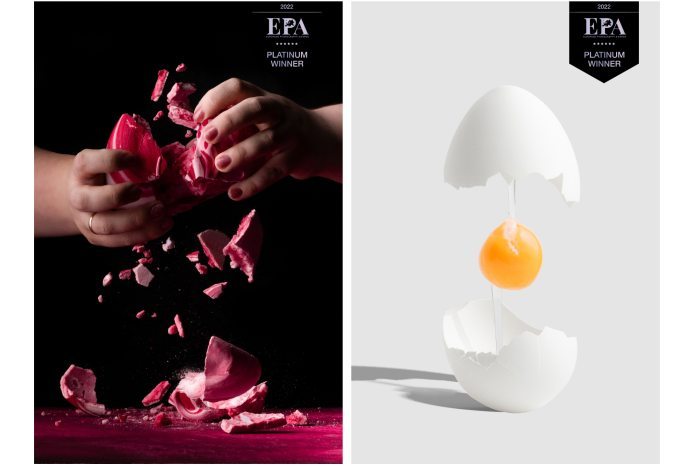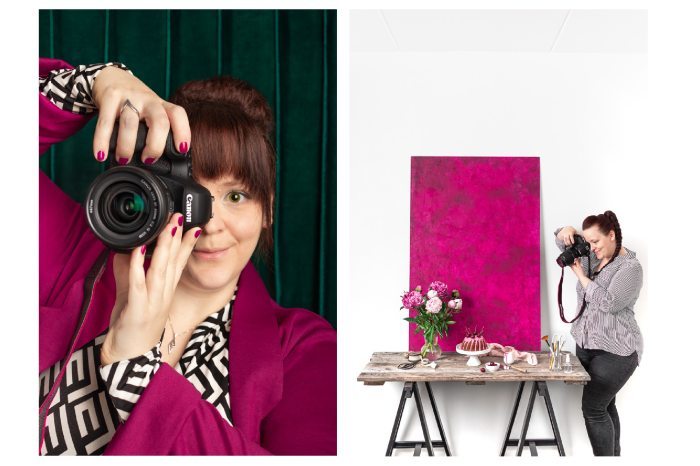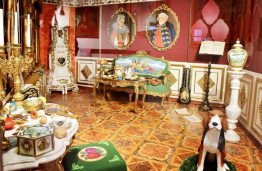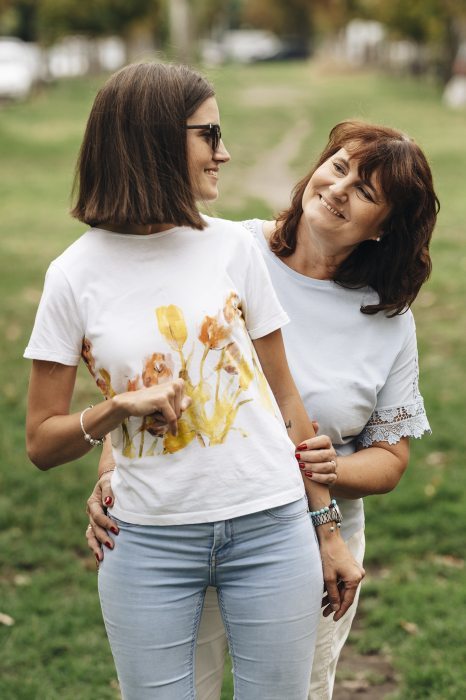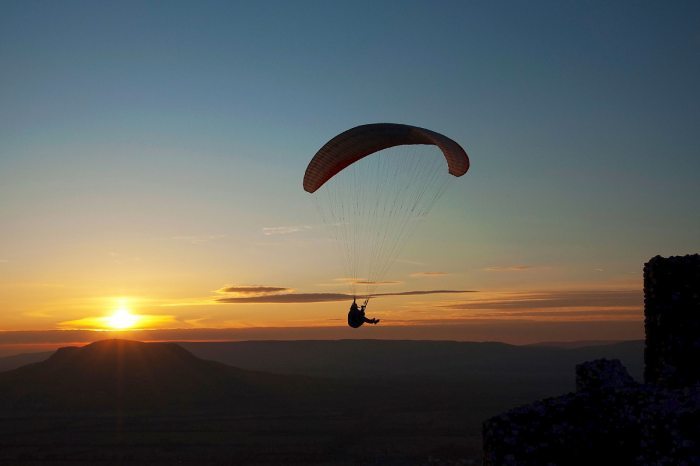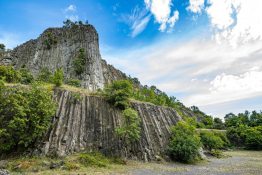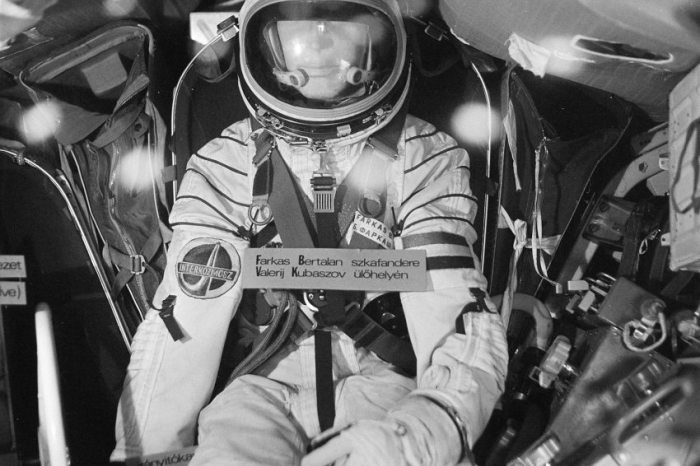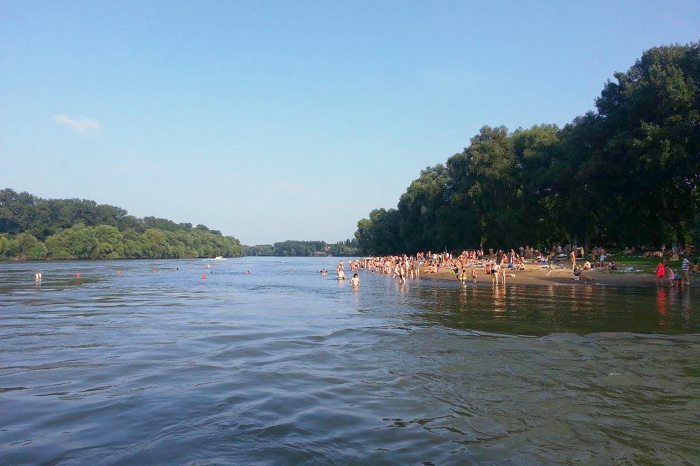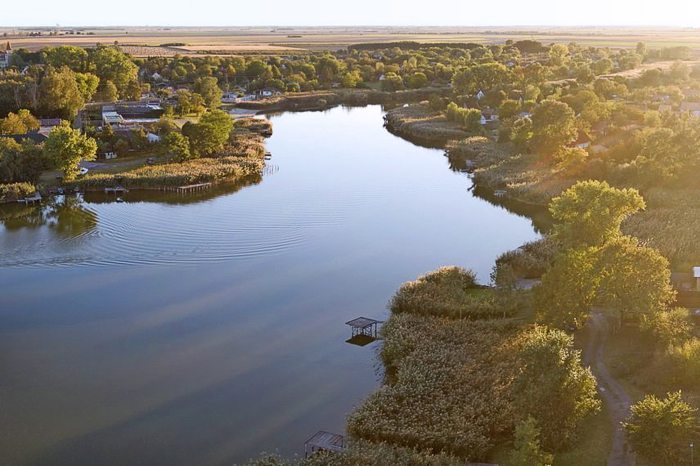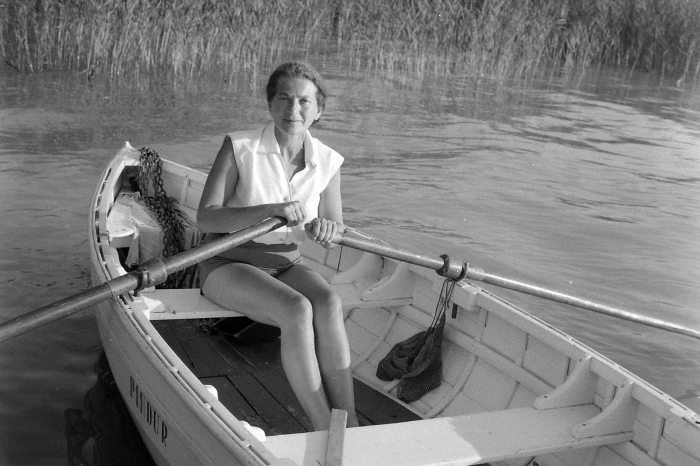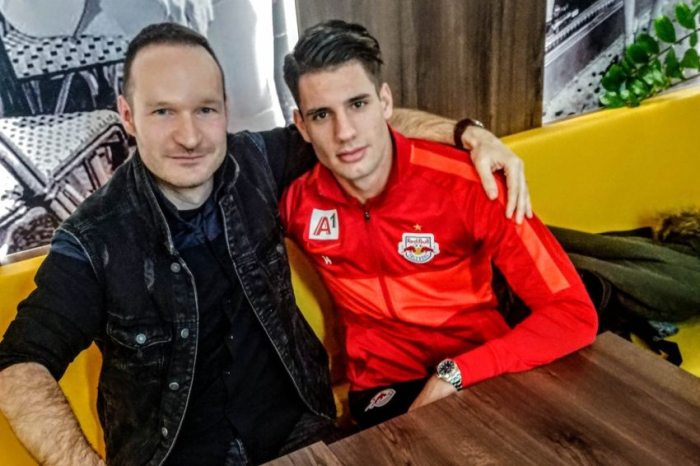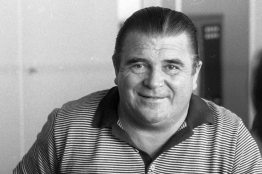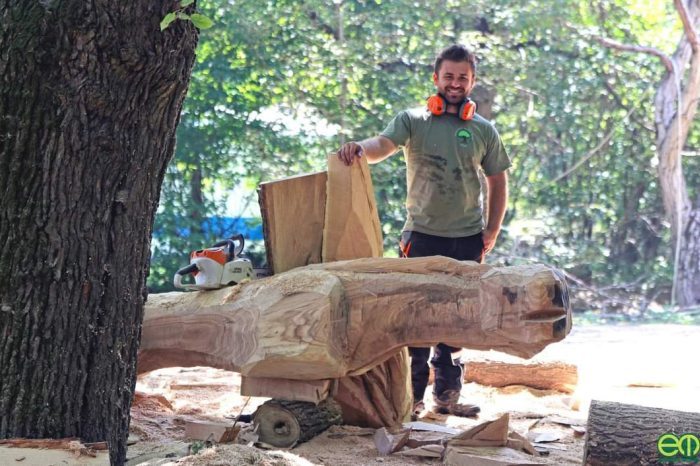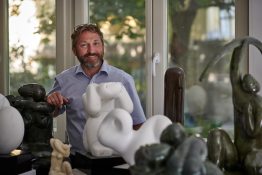“A food photo is only good if it makes you want to go and get it!” – Food photographer Réka Csulak's works win international awards

She takes photos of food, often preparing the dishes herself, based on her own recipes, and is usually the food stylist for the photos. What the latter means, she will explain in a moment. Réka Csulak lives and runs her own studio in Espoo, Finland, and for the second year in a row, her photos have won prestigious awards at the European Photography Awards, an international professional competition. We talk to her about her career and the behind-the-scenes of food photography.
What makes a good food photo, what's the secret?
The quintessence of a good foot photo is the love of food and drink because you can be technically good, but if you don't enjoy eating, you'll never be a good food photographer. But this is true for any subject of photography: if you don't like mountains, you won't see the beauty in them. When I talk about food, I mean not only the love of flavours, but also the love of the ingredients. I'm picky about food, but I also love to photograph ingredients that I don't eat because they are visually pleasing – the shape, the colour, the texture. Anyway, our relationship with food can go down to an almost instinctual level, because it's vital to eat and drink, so it's not hard to touch the public with this kind of content. Of course, it's not enough to take a photo of what you eat for lunch, because sharing it might annoy others, and I'm thinking here of professional, carefully considered food presentation. It can evoke deep memories and feelings that go back to our childhood.
The taste and smell of a favourite food can be revived just by looking at a picture.
I think a food photo is good when I look at it and my mouth is watering, or when looking at it I feel that I just have to get that!
Where does your deep passion for gastronomy come from?
I grew up in Sződ, Pest County, where our family had a long tradition of home cooking. One of my grandmothers was a catering manager, the other a cook, but my grandfather also liked to cook on an open fire. I could always be counted on to help with the preparation - peeling potatoes, dipping cream - and from fifth grade I cooked my own lunches, learning how to prepare my favourite dishes. I also inherited some artistic inclinations from my mother, who used to draw, paint, and do crafts with me. And my dad is a skilled carpenter, from whom I absorbed an unfailing entrepreneurial work ethic. As we always had a garden and livestock, it was natural for me that meat does not grow in plastic packaging in the fridge, and that vegetables and fruit need months of care before they are in season.
You graduated from the University of Horticulture. How did you later end up in Finland and how did you go from being a horticultural engineer to an entrepreneur and food photographer?
Back in 2015, my ex-husband and I moved to Sweden to volunteer and then to the UK to work. After we went our separate ways, I came north again in February 2021 after meeting a Finnish gentleman. Prior to that, as the positive culture shock wore off in England, I tried to remedy the loneliness of grey weekdays by blogging to find people with similar interests to me. My blog was called Holy Whisk, and in the beginning, I shared mainly Hungarian recipes in English.
The first post was written at Christmas 2016, and around Easter 2018 I had the idea to buy a professional camera to take better pictures than the phone for the blog.
It was a major learning process to learn how to use it and the software needed for post-production, but the feedback confirmed that the effort was not in vain. I took part in social media photo challenges, plus I did a 'food stylist and food photographer' course in London - which prepared me to start my own business in this field.
And you did. Your website currently lists the following titles next to your name: photographer, blogger, food stylist, recipe developer, mentor...
These five areas go hand in hand. Over time, my blog has moved from recipes to more professional interviews, and recipe development has come from the fact that clients don't always provide me with a recipe to work from. Most of them now want to add value to their audience by asking me to develop a special recipe using a particular product, which I not only make after the test phase but also capture the result in promotional photos. I didn't study to do this, but there are many basic recipes in my family that I can use as a starting point and develop further.
The food stylist line was also a given, as it is very important to carefully plan what will be in the picture around the food, choose the equipment - cake stand, small spoon etc. - and equally importantly to keep the visual value of the food from the beginning to the end of the shoot, so that everything would look perfect. Some photographers employ a dedicated food stylist, but I handle everything from A to Z in one person and am responsible for the final look. And I became a mentor because other fellow photographers approached me for advice and I was happy to take it on. But it can only work as long as I am doing it myself, without it I would not be authentic. In such a fast-changing field as photography, you can't pass on knowledge from years ago.
You mentioned how important it is for the food to look perfect from the beginning to the end of the shoot. What tricks are sometimes helpful and necessary – for example, in the case of a fast-melting ice cream?
In promotional photography, I never use artificial substitutes for the sake of better looks, because of advertising fidelity. There, when shooting, the popsicle or ice cream that comes out of the box is the same as the one sold in the store.
But where the ice cream represents a flavour, not a specific product - say the smell of a car fragrance or the taste of lip gloss - you can put a non-melting substitute in the cone. Chocolate ice cream can be made with mashed potatoes coloured with brown food colouring, a harder buttercream, or even sugar paste. To avoid a completely frosted effect, it is also worth drizzling with coloured cooking cream, as if it has already melted. To give you another example, the drizzle is usually made by spraying a mixture of water and glycerine on a tomato peel or other vegetable. When the beer foam settles, salt can be sprinkled in to make it foam again, and whisky can be replaced by a similarly coloured tea. A dried meat pie can be re-greased or brightened if necessary - but, I stress, a substitute is only appropriate when it is not the main element of the image or the product being promoted. What else helps: if the adjustments are not yet made on the final product, but on a test item of similar size and consistency. Because when I use a lamp, it's always hot, and a freshly cut herbs will quickly wilt.
In what ways is a food shoot technically different from any other type of shoot?
It's not very different. Obviously, I don't need to capture a flying falcon from a great distance with a mouse in its beak, so I use lenses suitable for close-up photography. For advertising purposes, if I want to create a controllable environment, I use artificial light to show the best of the food. And the beauty of natural light is that as the clouds go, the highlights and shadows change.
But I prefer to work outdoors only when I have to present a seasonal product or to show how close to nature it is.
There are some products where it looks good to have the trees reflected on the packaging but I don't like having some messy environment show that way. It's important to have unique ideas and a unique vision, but it all depends on what the company wants because even though many people think that a freelancer is creative and always does what he or she thinks, the paying client has their own ideas. If they sticks to a specific idea, it’s rather problem-solving that I do.
For the most part, who are the customers? Do you travel to their places?
The majority of photos are promotional photos, which are requested by product manufacturers less often by restaurants or hotels. This is why, in most cases, I develop the recipe for the product sent by the client and prepare the food myself, which I then shoot in my own studio. If I work for a place where a chef is preparing the menu, he or she is the food stylist, I just do the final setup. One of the tricky things that I do there is, for example, pouring the sauce over the food so that it doesn't run off too soon. But the client can also be a kitchen appliance company - they usually come from Western Europe or America. I rarely have to travel there but I can do that on request.
Overall, I get the feeling from your words: in this area, in this way of life, you have found your place.
Yes, because this form of business allows me to combine my love of food and my love of creating without major compromises. As well as constantly training and developing my skills, I want nothing more than stability, peace of mind, and a good work-life balance.
I'm not aiming too high, if everyday life is perfect, that's enough!
Winning prizes in professional competitions is of course very important feedback that the direction I'm going in is the right one.
You work as a Hungarian, on the international stage. To what extent is it possible to bring a Hungarian approach to your work?
My approach is more international now, but my blog started with Hungarian recipes. And my first major food photography award - the final of the Pink Lady Food Photographer of The Year Awards and within that the Highly Recommended title in the gastroblogger category - was for my picture of a wedding cake from Zala. It is a traditional cake served at Hungarian weddings, with a short pastry as the base. It's made up of two halves, with a little cream in the middle, food colouring on the outside and a leaf stuck in, so it looks like a peach. The flavour of course has nothing to do with peaches, it's more of a cocoa and rum flavour. I'm happy if this and other Hungarian delicacies have sparked interest in Hungarian gastronomy! I'm looking for opportunities to make the Hungarian way of cooking a topic of conversation. The traditional customs associated with our food can also be touched upon, for example, information can be linked to a social media post about the celebrations where a particular cake is eaten. This is a special way for me to raise Hungary's reputation.
